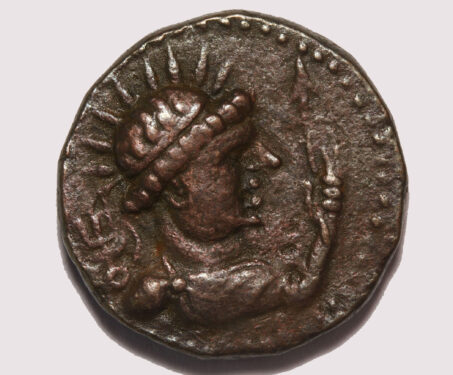

Talking Heads: When coins began to talk
Over 2,000 years ago, a new technique of minting coins was introduced to India. We still use it today, both to study history and write it

Over 2,000 years ago, a new technique of minting coins was introduced to India. We still use it today, both to study history and write it
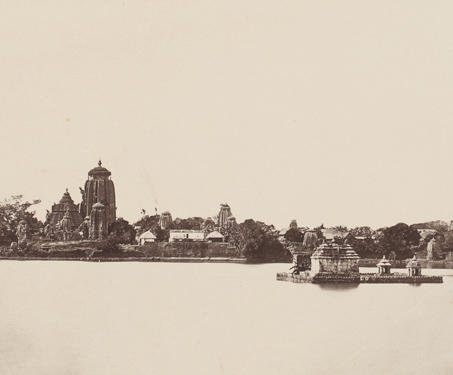
This late-19th century photograph of the Bindusagar lake was published in Antiquities of Orissa, authored by Indologist Rajendralal Mitra (1824 – 1891). The lake dating back to the 8th – 9th century is situated north of the Lingaraja Temple dedicated to Lord Shiva in Bhubaneshwar. It measures about 1300 ft in length and 700 ft… Read more »
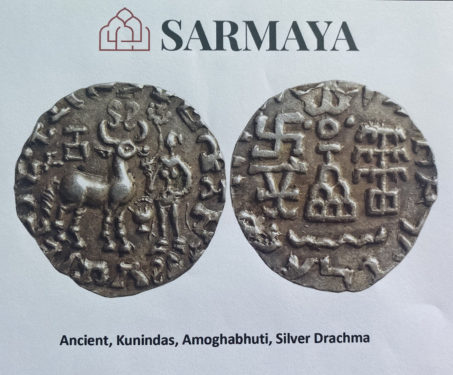
Our new numismatic acquisitions span the timeline between 200 BCE and 950 CE, representing a diversity of epochs in that millennium
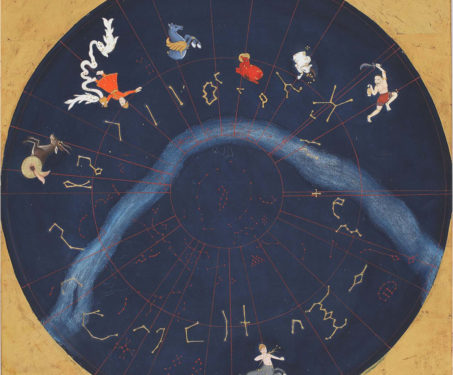
Why do we collect what we do? The inexorable pull of nostalgia. The simple human need to draw closer to beauty. The undeniable thrill of acquisition. All these influence the act of collecting. At our archive, each potential addition to the collection is judged by one other criteria: Can this object expand our understanding of the Indian subcontinent and its inexhaustible vault of stories?
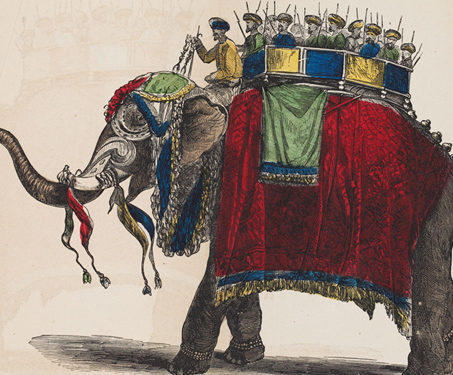
This book is a gazetteer compiled from the London Times Correspondence, by McCullock, and others containing geographical and statistical information on various aspects of India, including topography, water systems, religion, education, and arts and culture. Published in 1858, the book contains illustrations by British artists in India. The succeeding section of the book delves into… Read more »
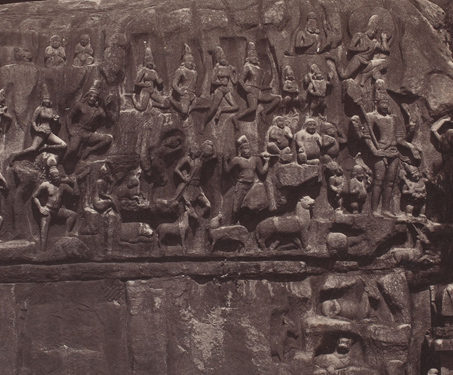
This photograph of an open-air sculptural relief at Mamallapuram (Mahabalipuram) is attributed to photographer John P Nicholas. Mamallapuram occupies a significant place in India’s cultural and historical landscape and has a rich presence of ancient caves, temples, and rock-cut structures. The sculptural relief in the photograph is dated to the 7th century CE and was… Read more »
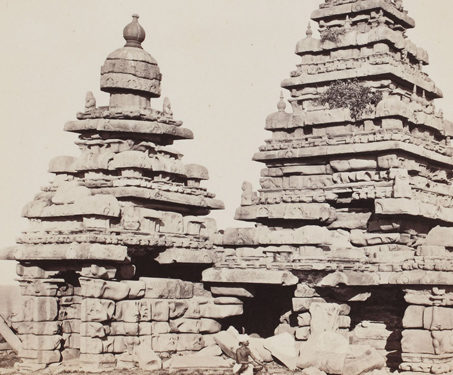
This photograph by Francis Frith (1822-1898) & Co is of the Shore Temple of Mamallapuram (Mahabalipuram) in the present state of Tamil Nadu. Mamallapuram occupies an important place in the cultural and historical landscape of India due to the rich presence of ancient caves, temples, and rock-cut structures. The Shore Temple was built during the… Read more »
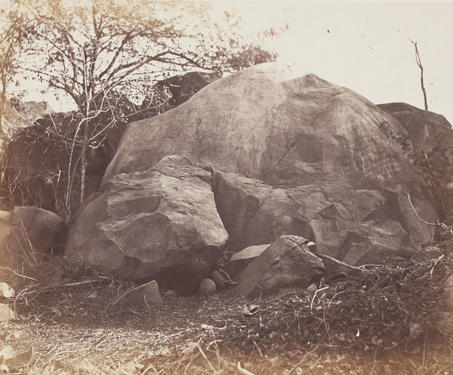
Pictured here is the Girnar Rock Edicts in Junagadh, Gujarat, photographed by D. H Sykes in 1869. Located on the foothills of the Mount Girnar in Gujarat, the Girnar Rock Edicts, also known as the Junagadh Rock Inscriptions, are collections of 14 significant Prakrit edicts or inscriptions credited to Ashoka, the 3rd century Mauryan King.… Read more »
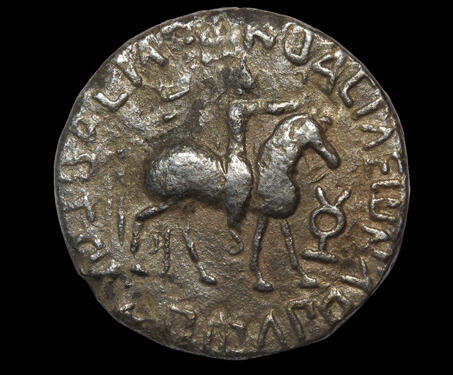
The Indo-Parthian kingdom was the largest sub-kingdom of the Parthian Empire, which at its peak expanded from Turkey to Eastern Iran. It was located west of the Parthian homeland and was founded in the late 1st century BC by the first of several kings named Gondophares – a Scythian or Saka king as well as… Read more »
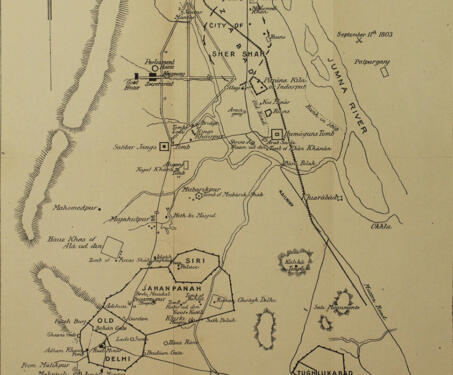
This map points out the locations and broad layouts of several ancient cities of Delhi, while emphasising that they were isolated and did not overlap. Tughlukabad, Old Delhi, Jahanpanah, Hauz Khas, Purana Kila and Shahjahanabad stand out. There is cause to believe that this map was published later, even though it is dated 11th September,… Read more »
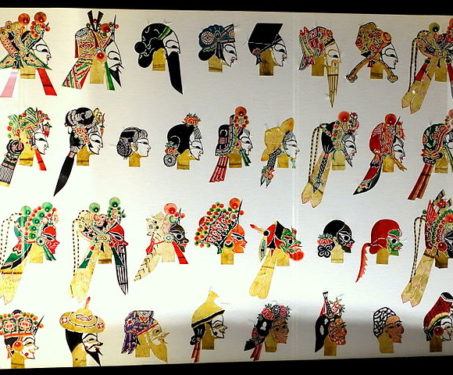
Made in China, made in India, Japan, Thailand, Indonesia, or even Turkey, the tradition of shadow puppets has survived for a long time, the second century BC, some say. But as is also custom, scholars have many disagreements on its origins. Folklorist Stuart Blackburn suggests that this tradition, like Buddhism, travelled to the rest of… Read more »
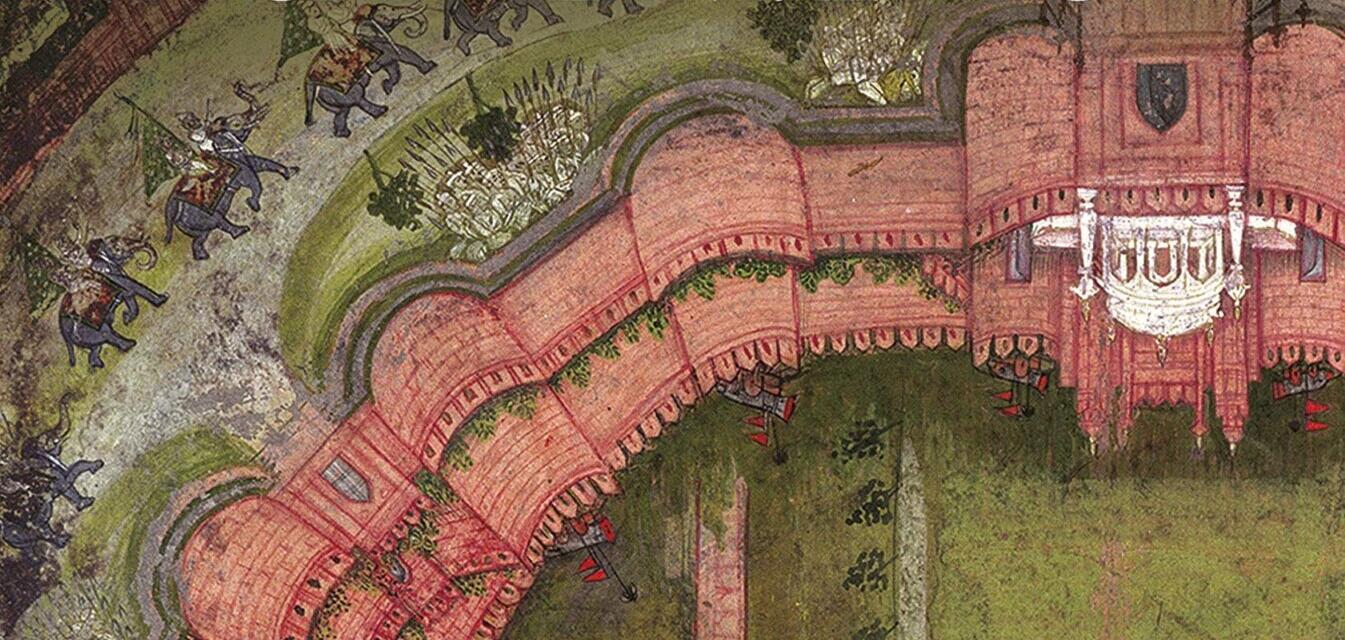
After discussion sped towards the end of the zoom call, the part where people start talking candidly and share recipes or book and binge recommendations, we were mildly concerned that we were all consuming the same things. Faced with the possibility that we were caught up not in a trend, but an echo chamber, we… Read more »
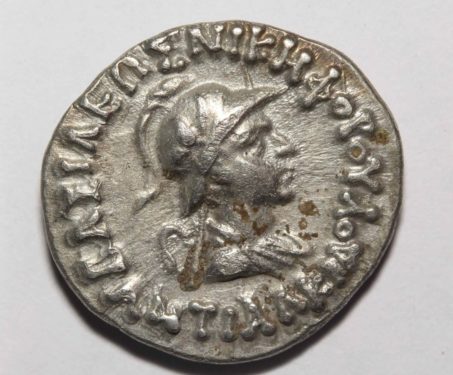
Greek coinage unlike the early Indian punchmark coins were very finely made. They went beyond the use of symbols to include bilingual legends, and bear-headed and helmeted busts of kings and gods from the Greek pantheon. The rule of the Indo-Greeks covers a period of 300 years from 2nd Century BC to 1st Century CE.… Read more »
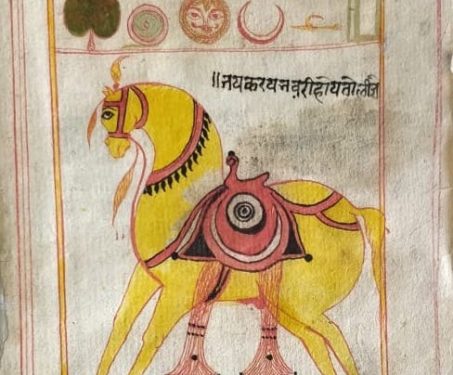
A 3rd Century BCE manuscript from our rare books collection holds the key to raising happy horses and elephants
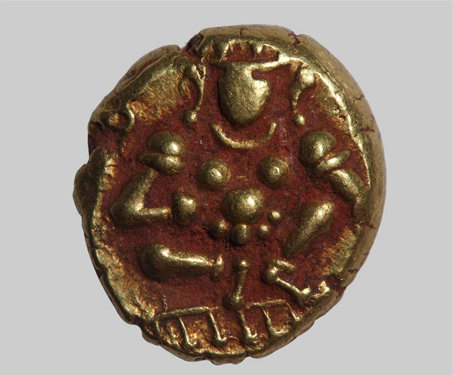
This should give you an idea of how powerful the Vijayanagara dynasty was: they changed the entire currency system in south India. It was the ruler Hari Hara II who impressed upon the administration the importance of collecting state revenue in currency instead of in kind. This led to the mass production of coins in… Read more »
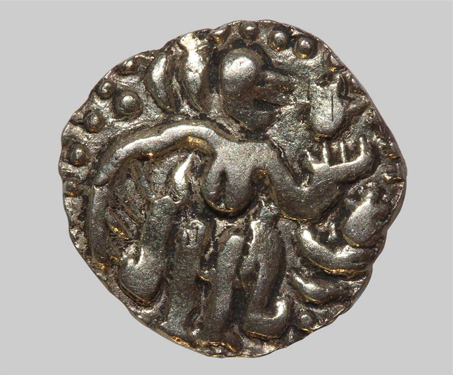
Raja Raja Chola I was a renowned king who ruled over the Chola kingdom in southern India from 985 to 1014 CE. Regarded by many as one of the greatest kings in Indian history, he was a celebrated conqueror and an efficient administrator. It was during his reign that the Cholas were able to subdue… Read more »
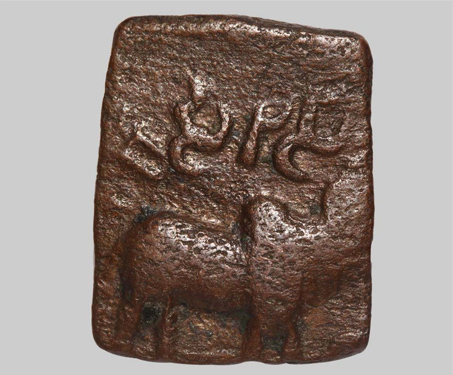
When the Mauryan empire fell, ancient India saw some new kingdoms take root, which then went on to become formidable dynasties of their own—the Satavahanas are a prime example. They emerged in southern India in the middle of the 1st Century BC and their reign lasted till the 3rd century CE, making them the longest… Read more »
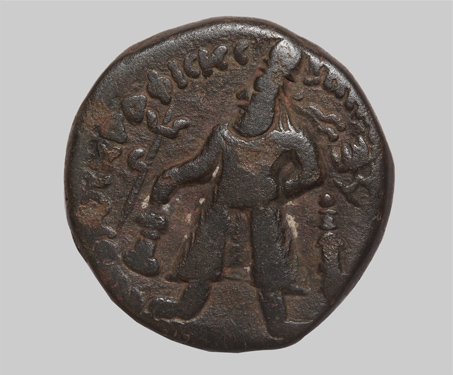
The Kushanas or Kouei Shuang were the descendants of the ancient Central Asiatic clan of Yueh-chi. They ruled parts of the Bactrian region (Afghanistan and Tajikistan) in the early 1st Century CE. What makes this coin special is that it shows the syncretic spirit of this empire and offers evidence of the king’s assimilation with… Read more »